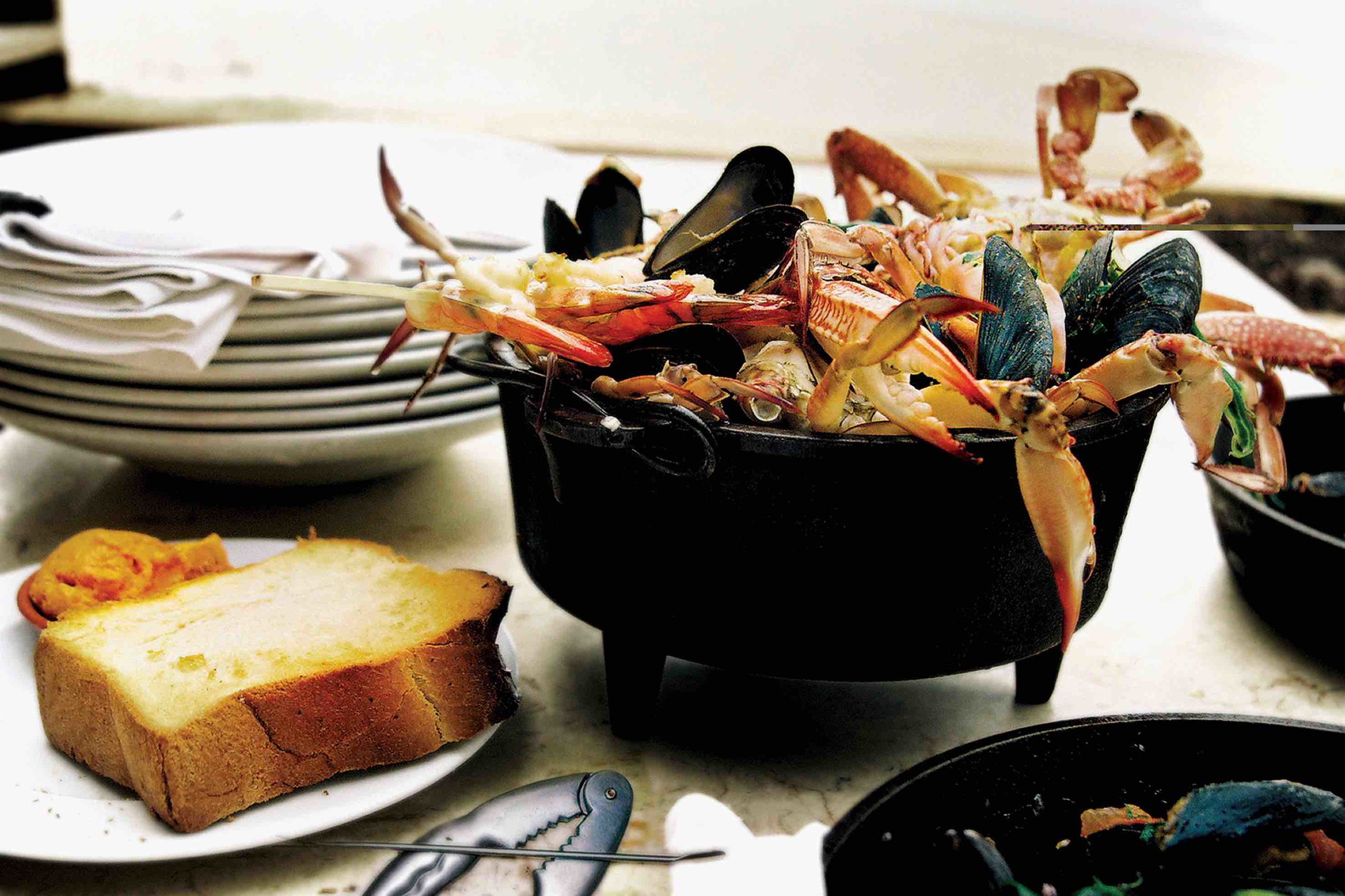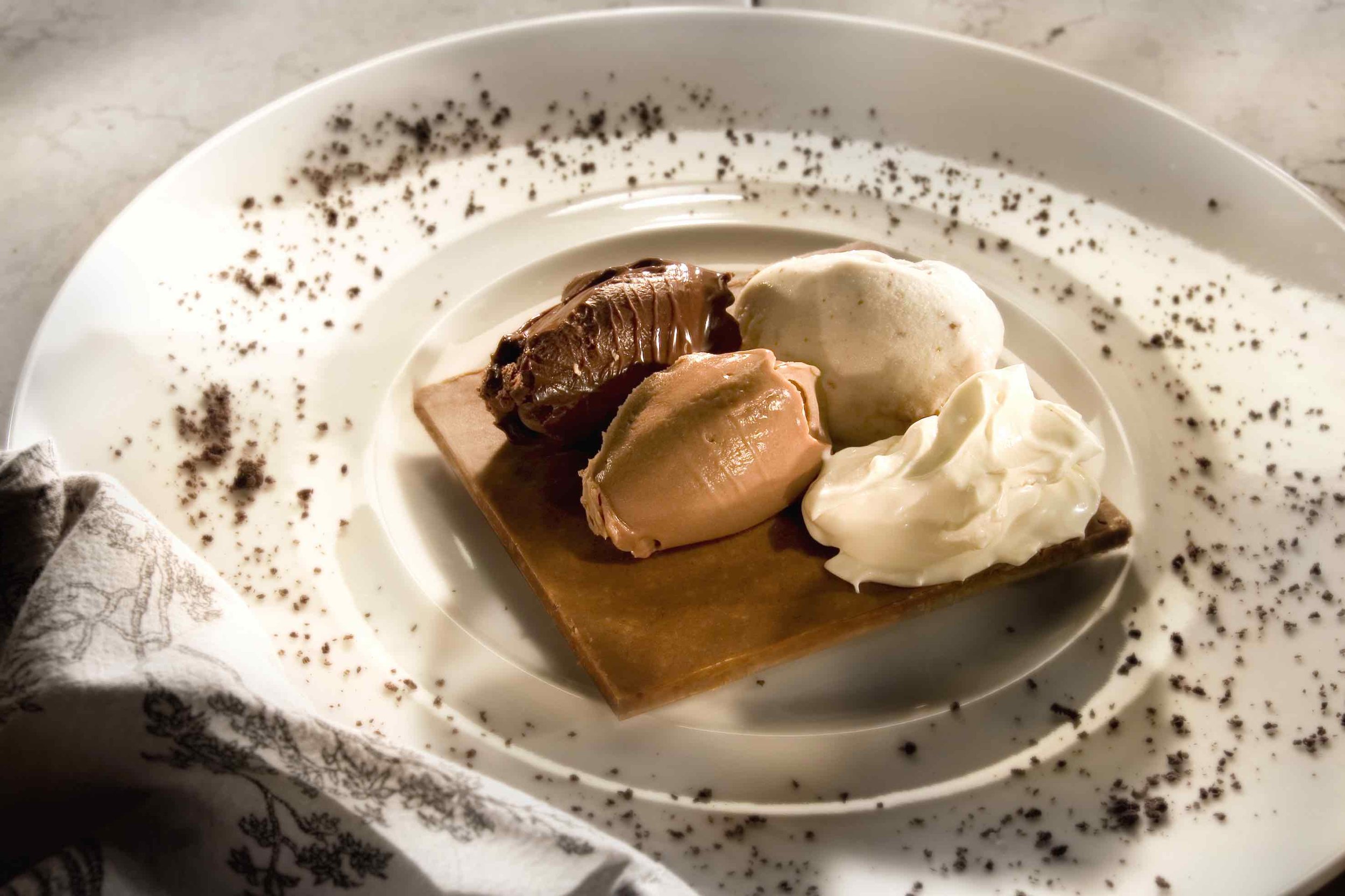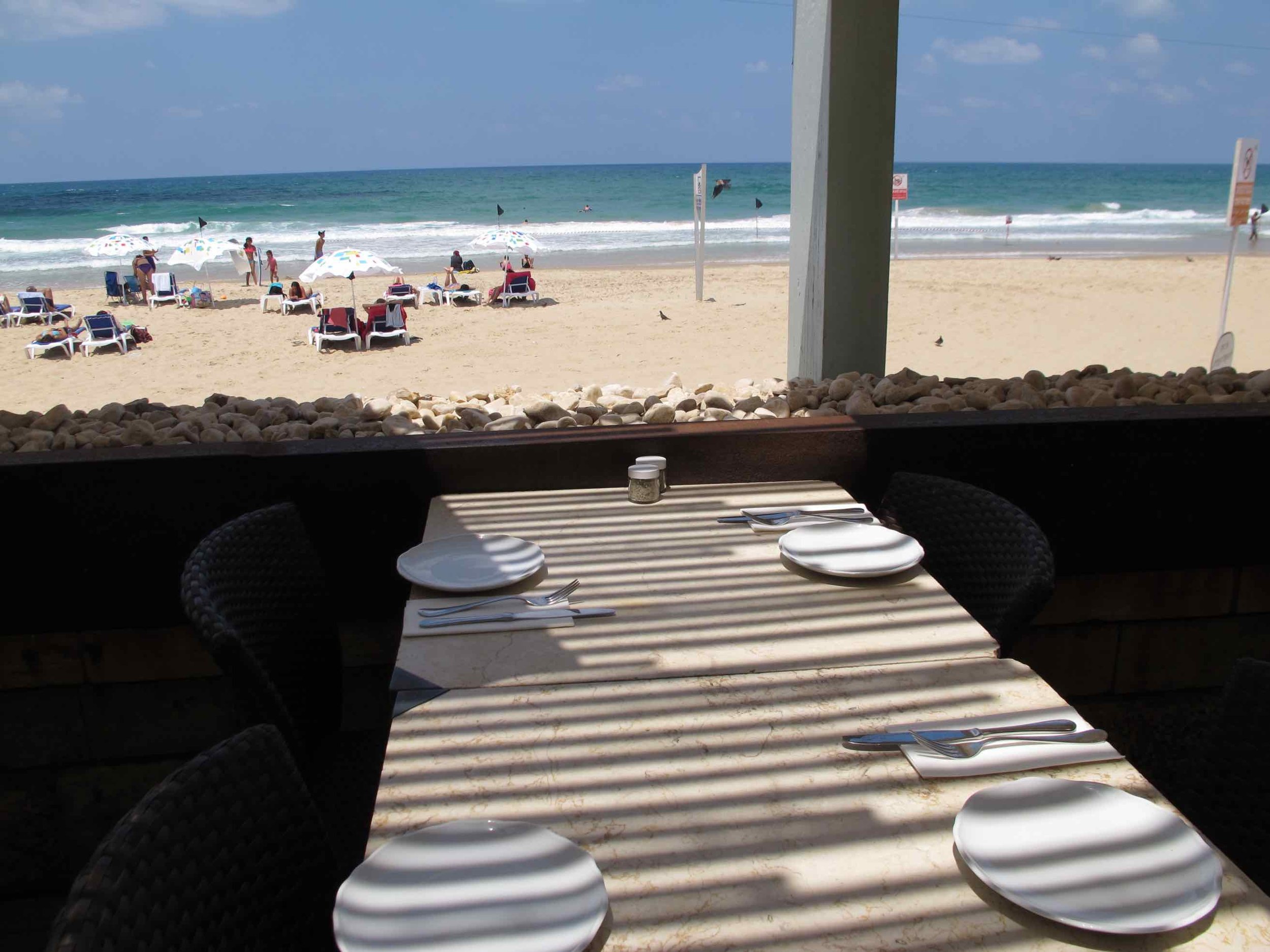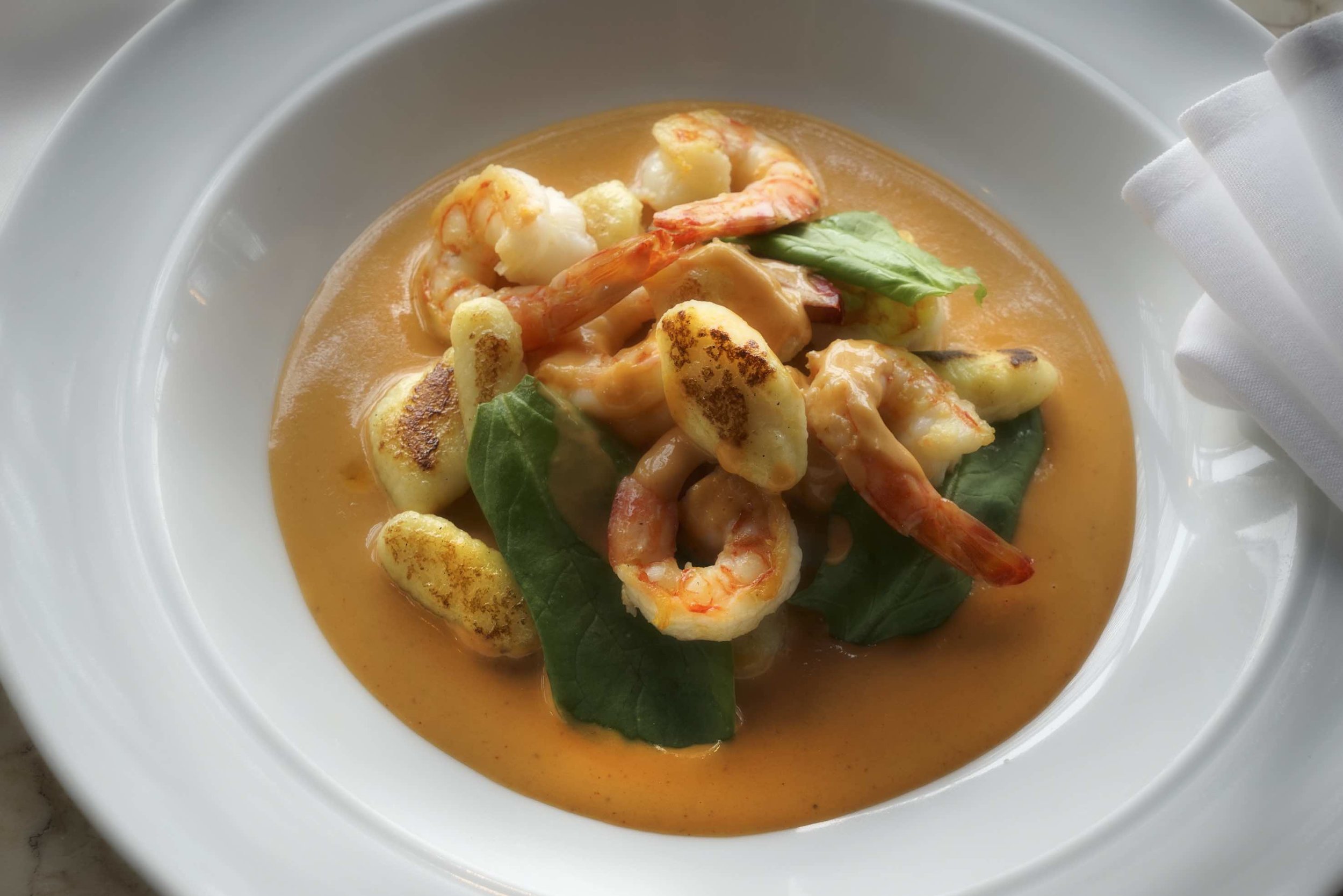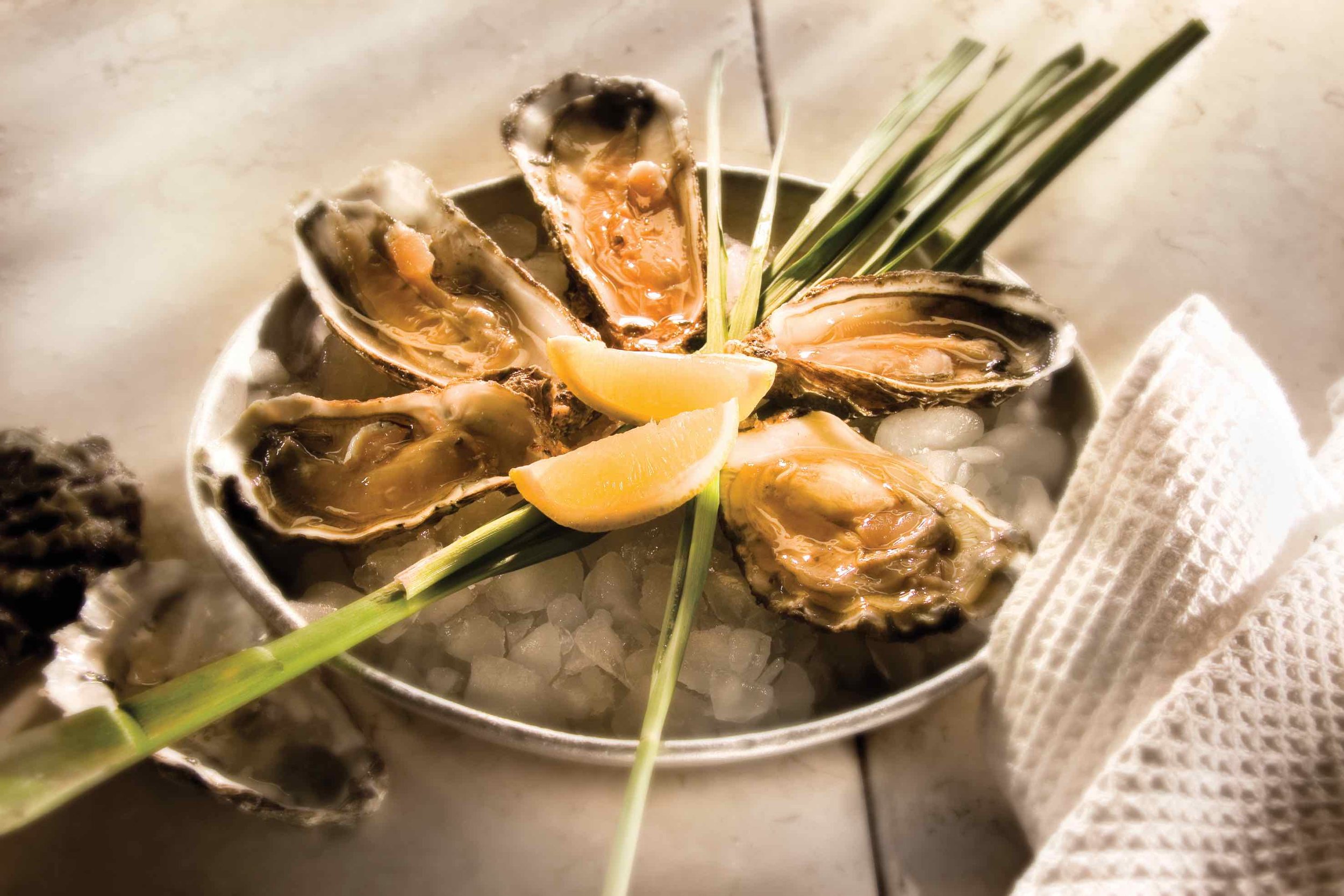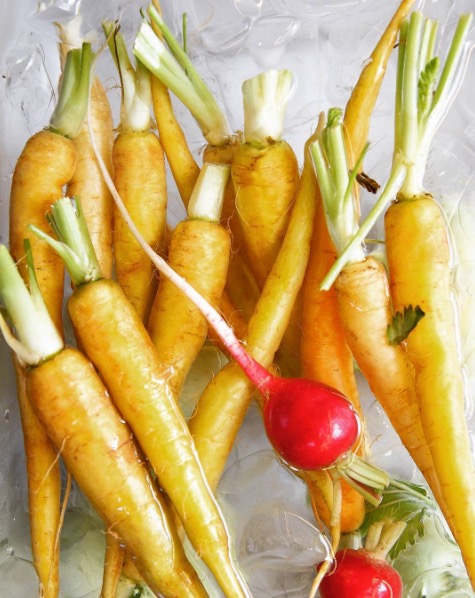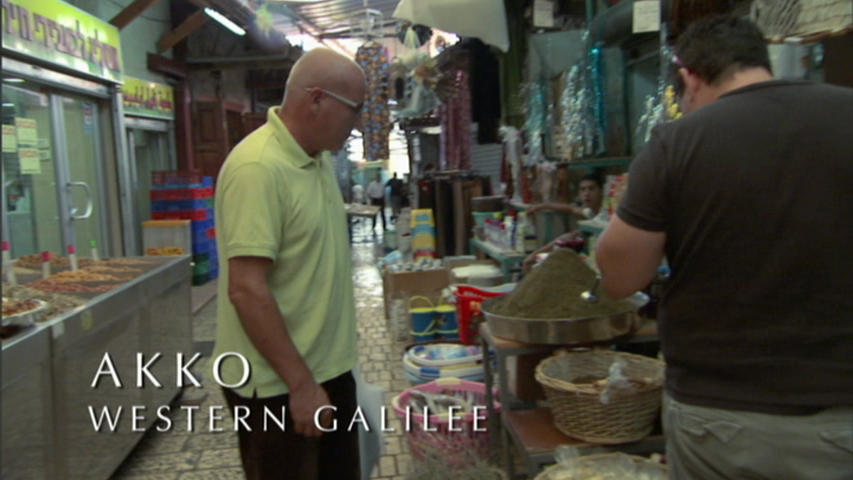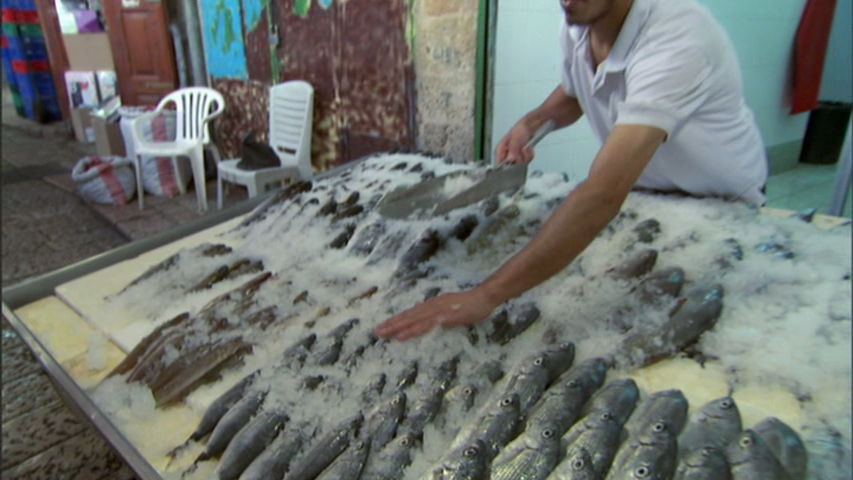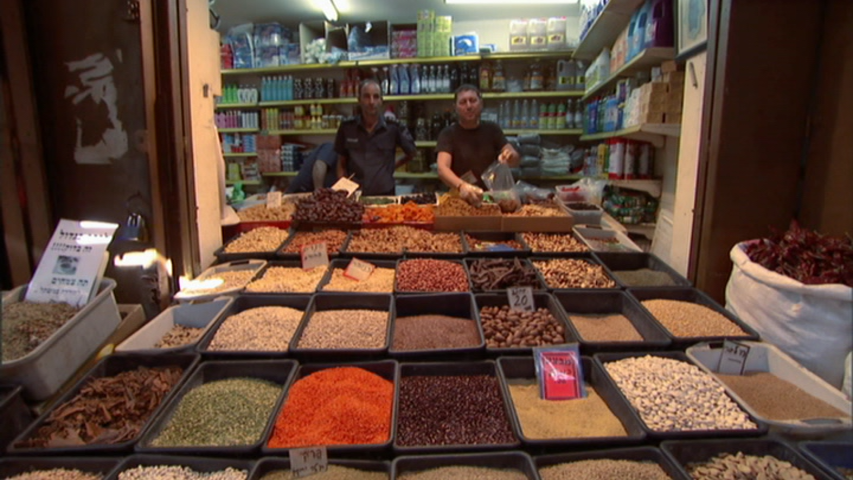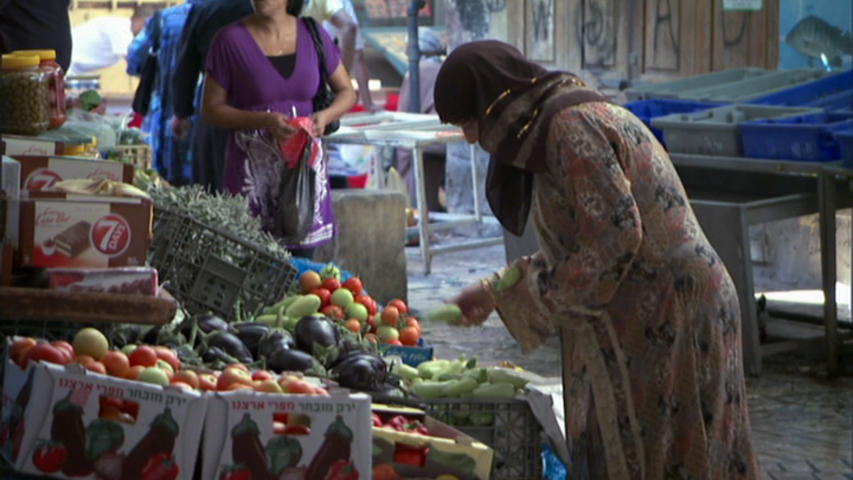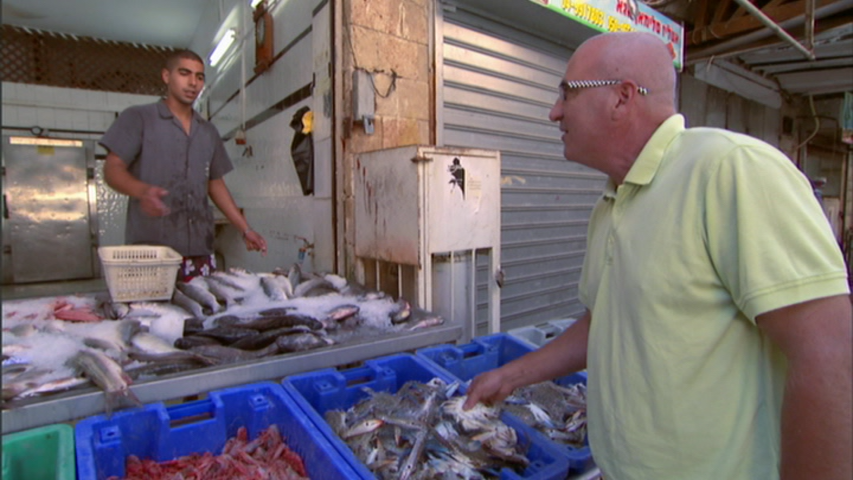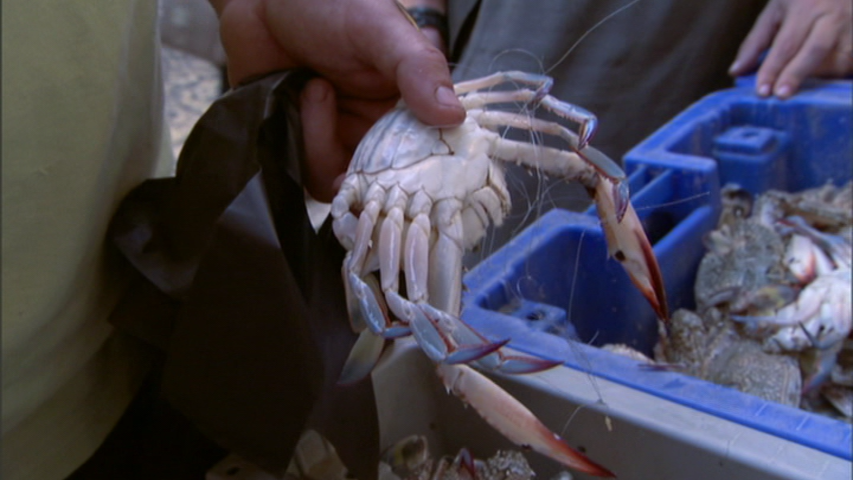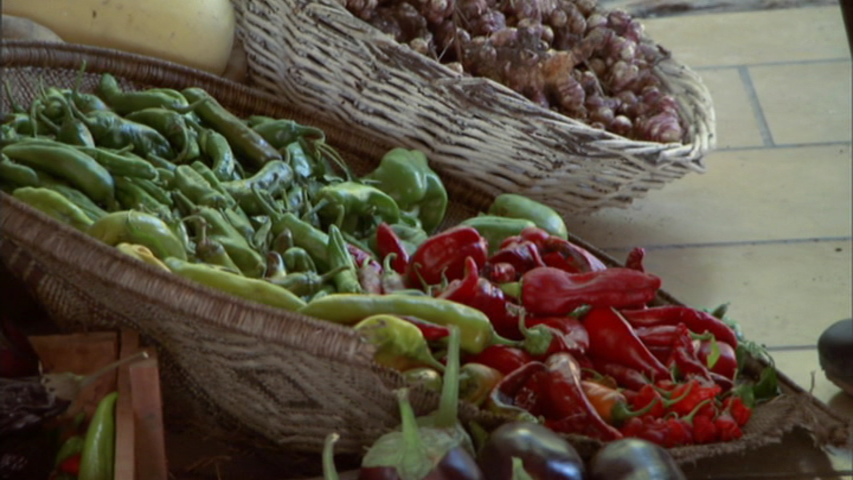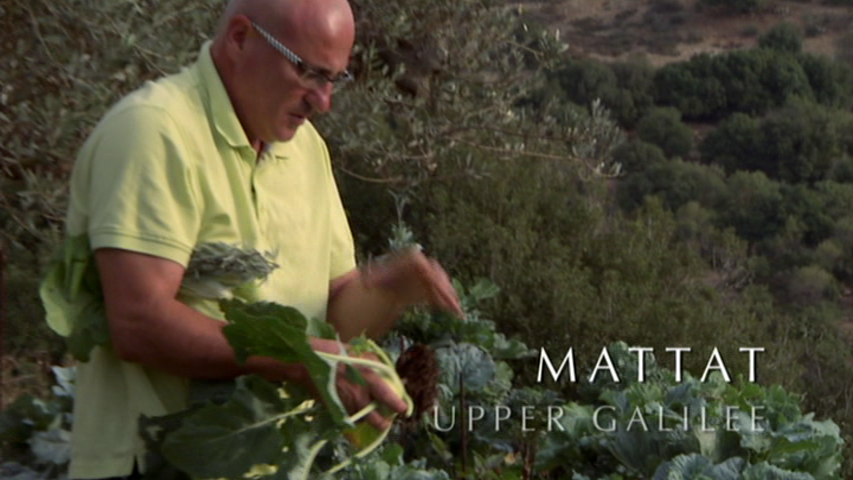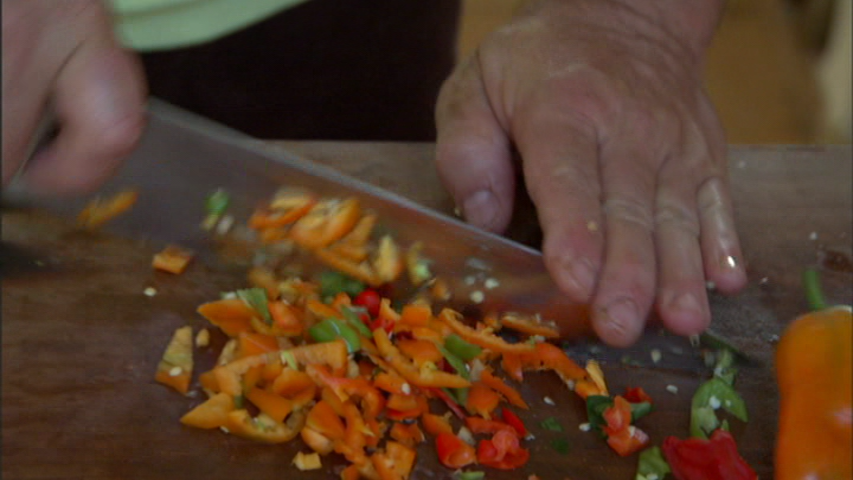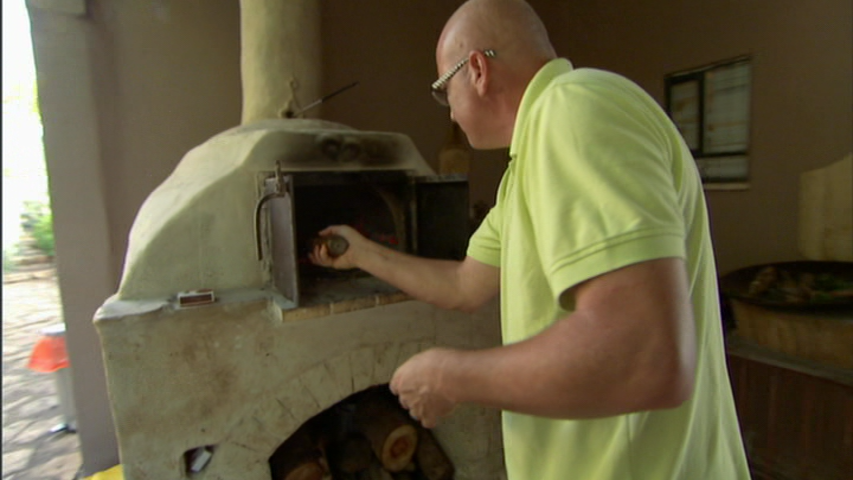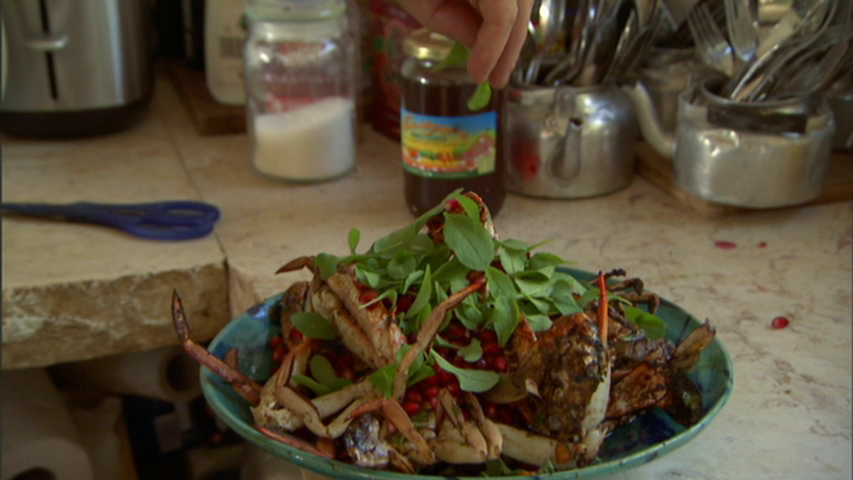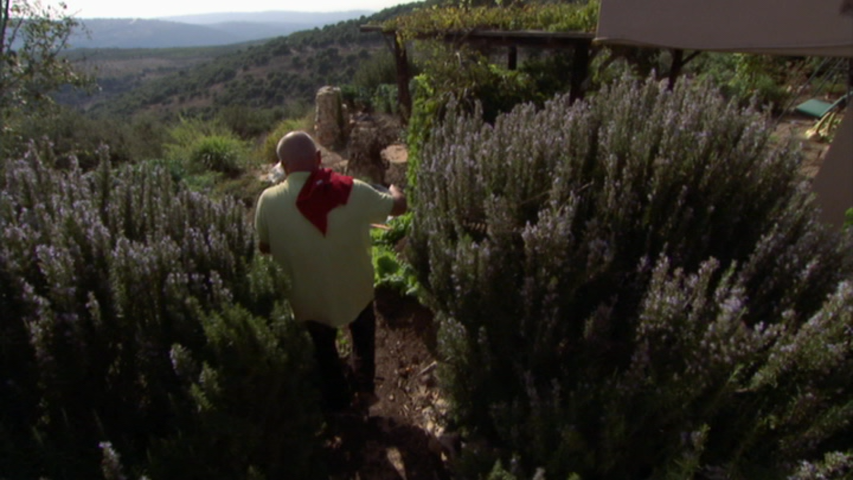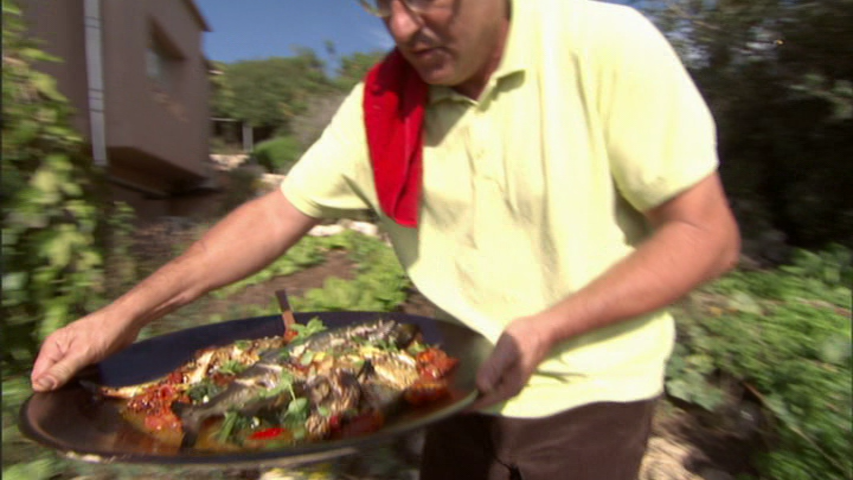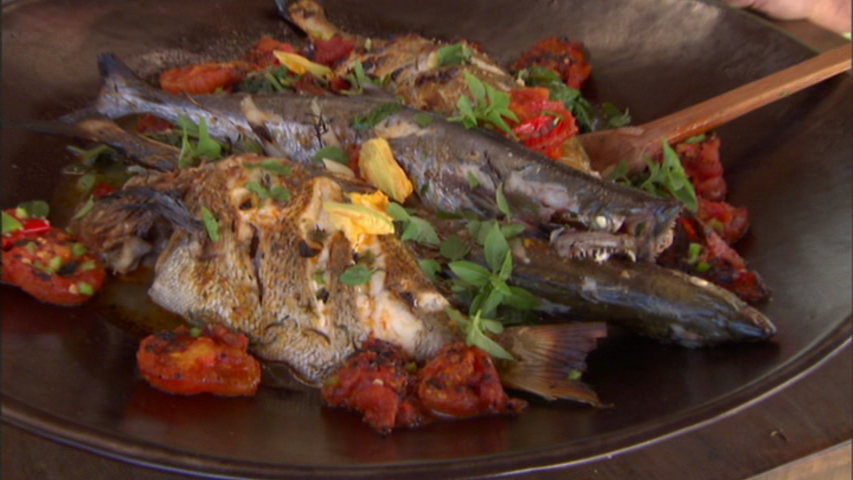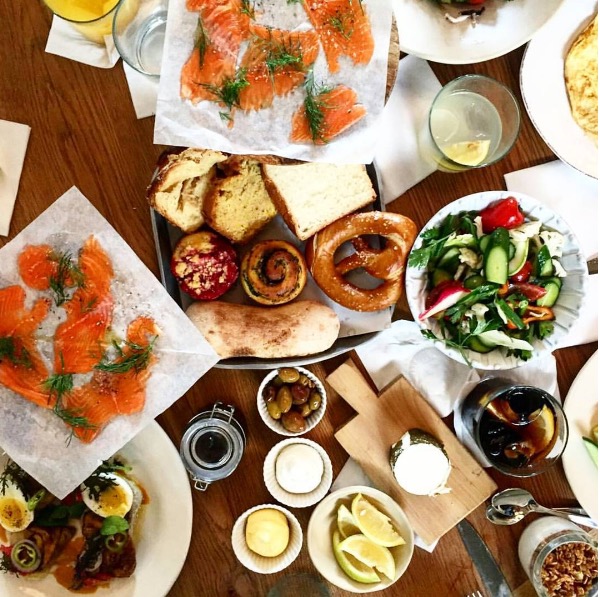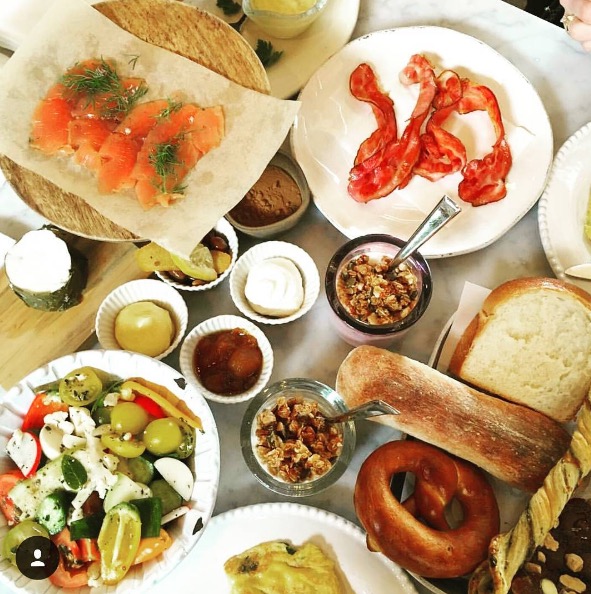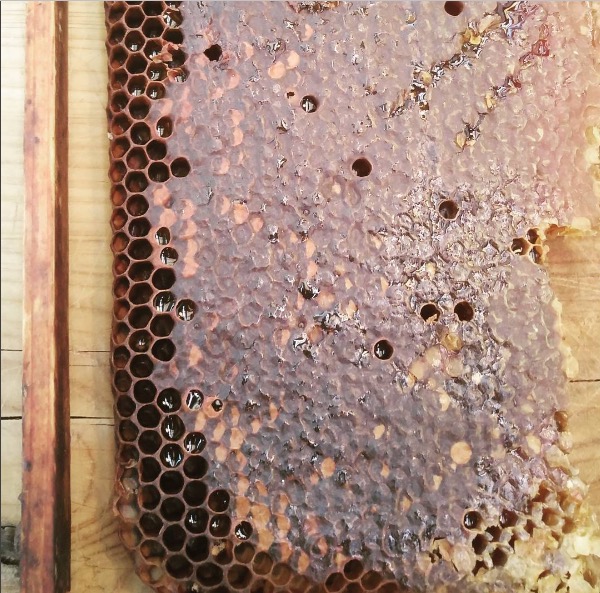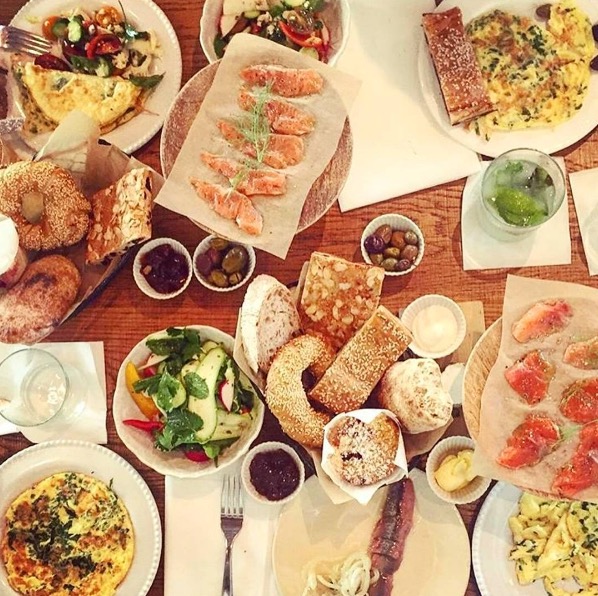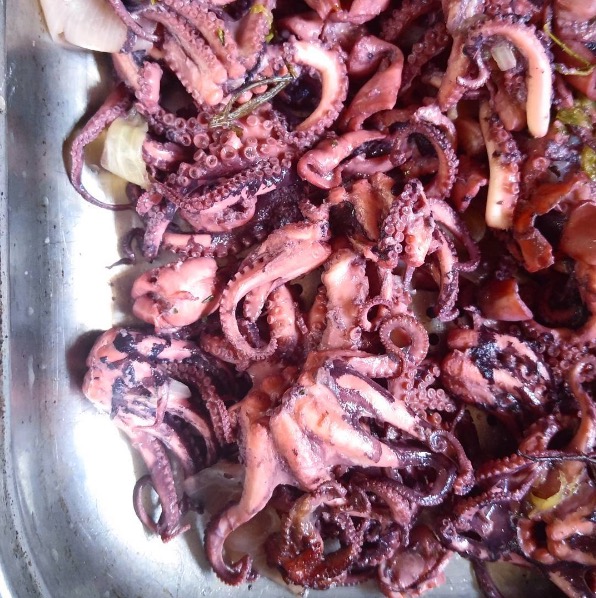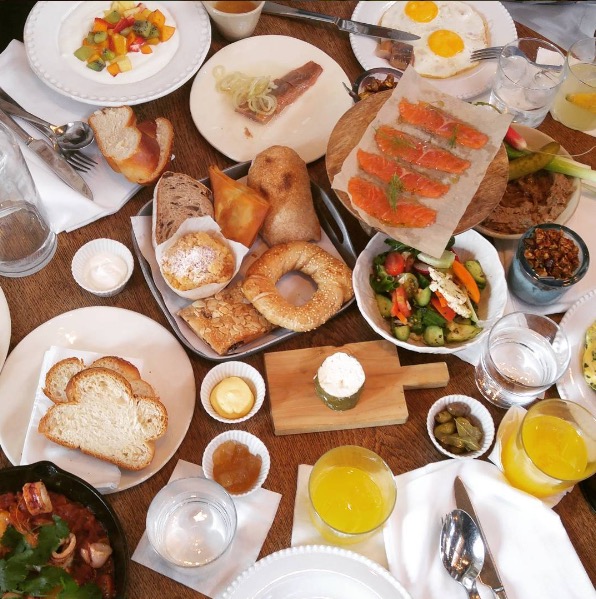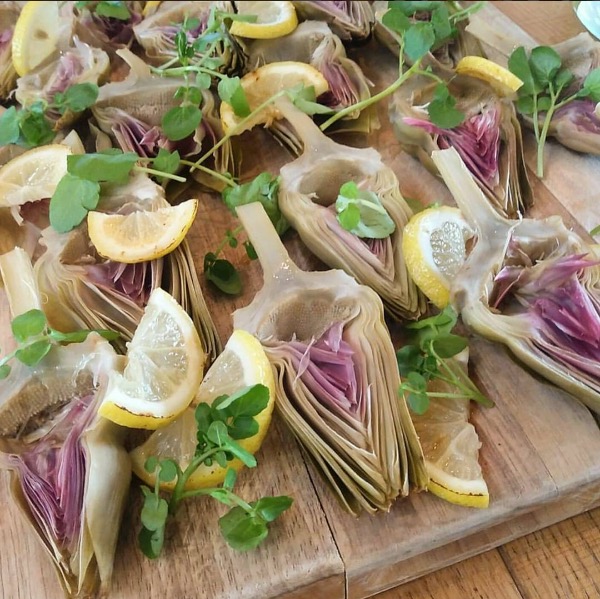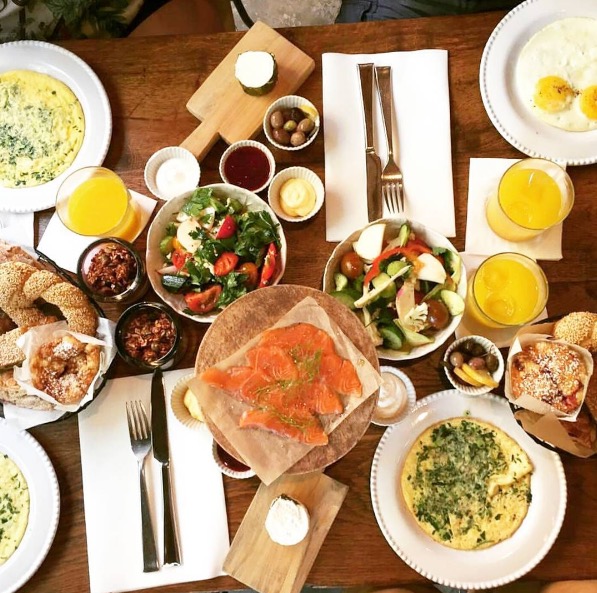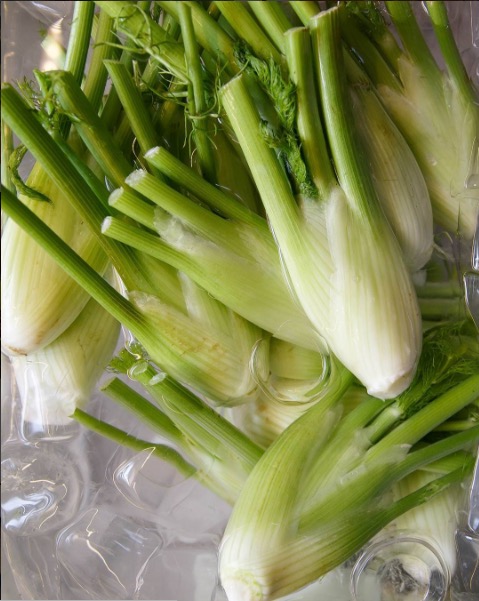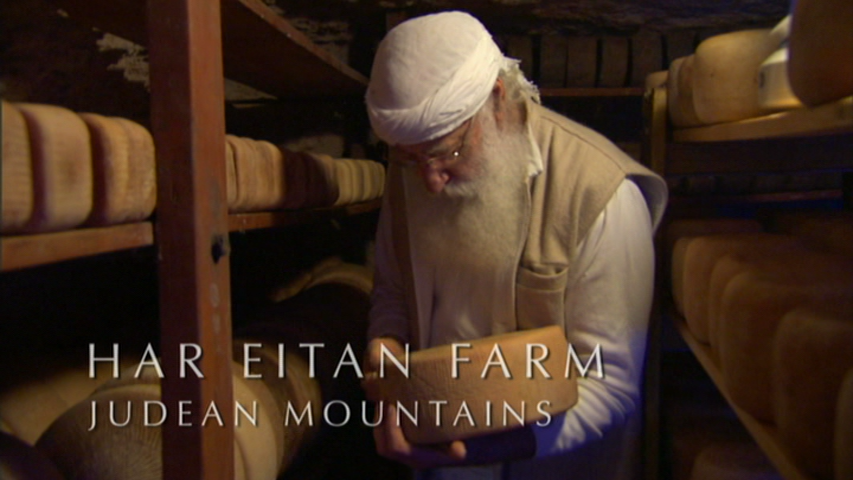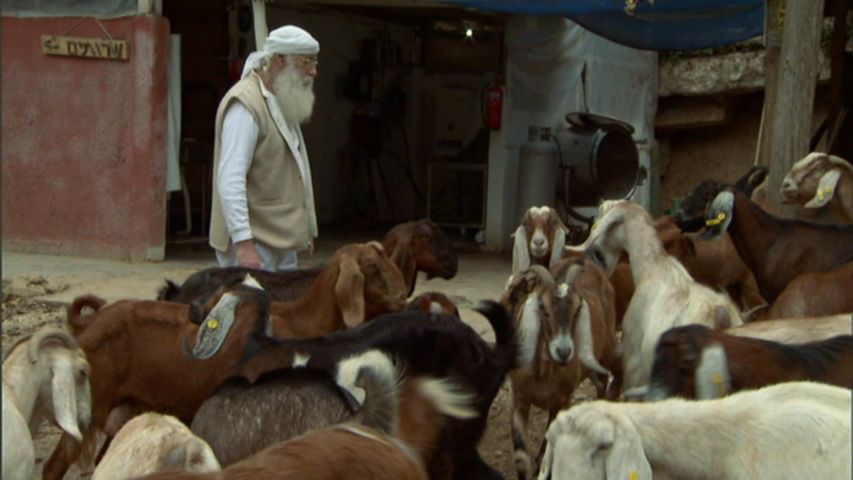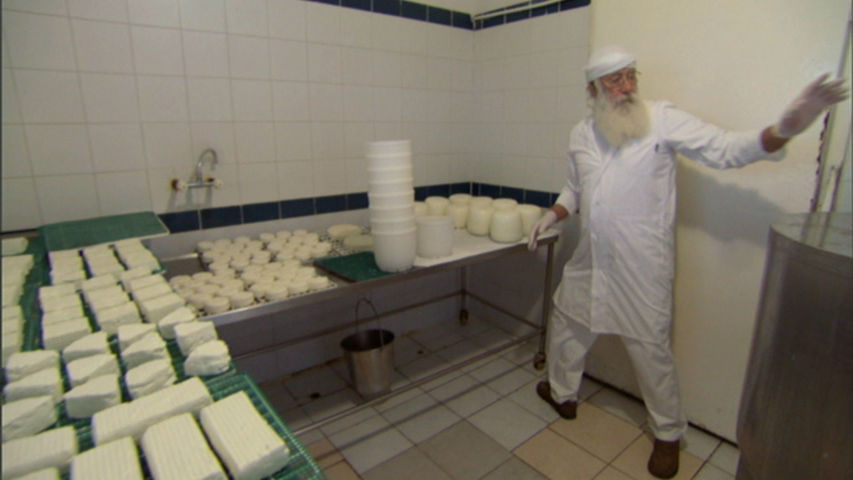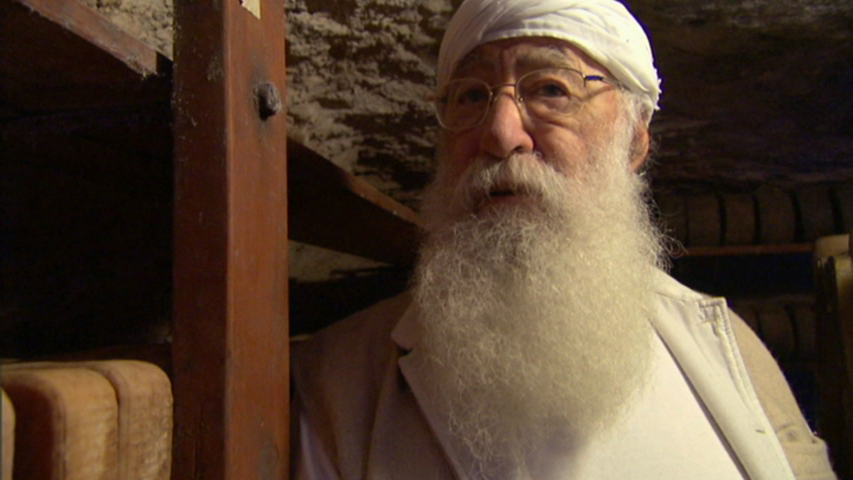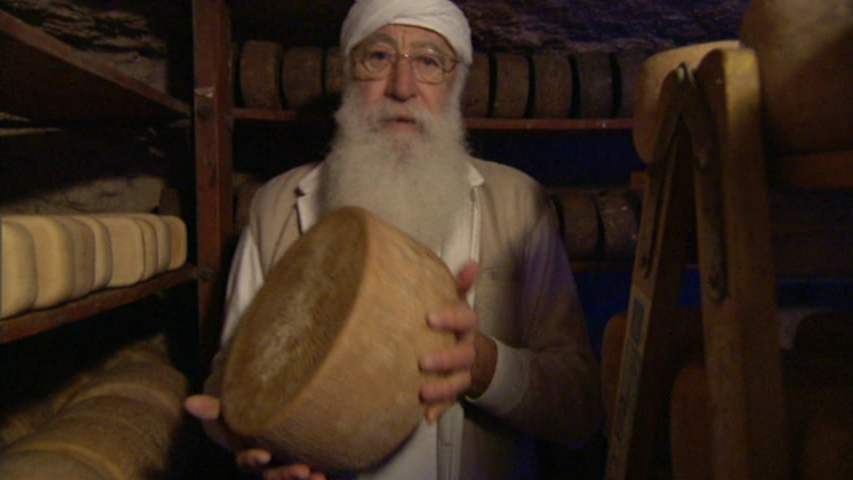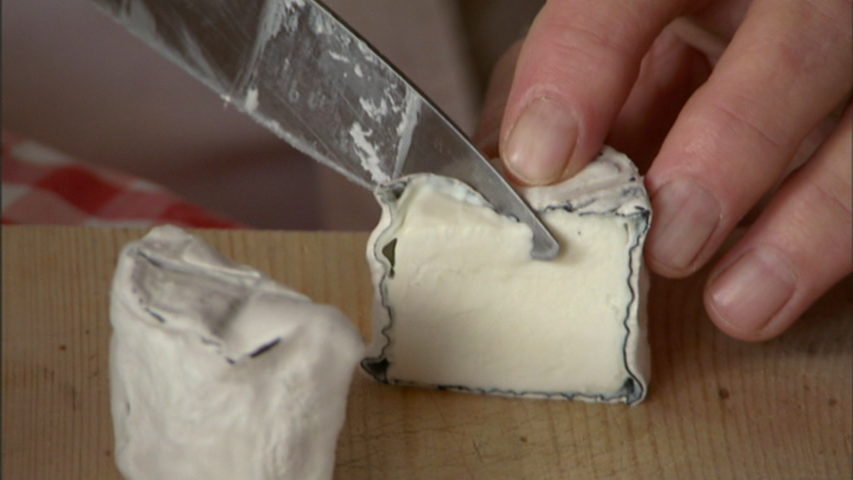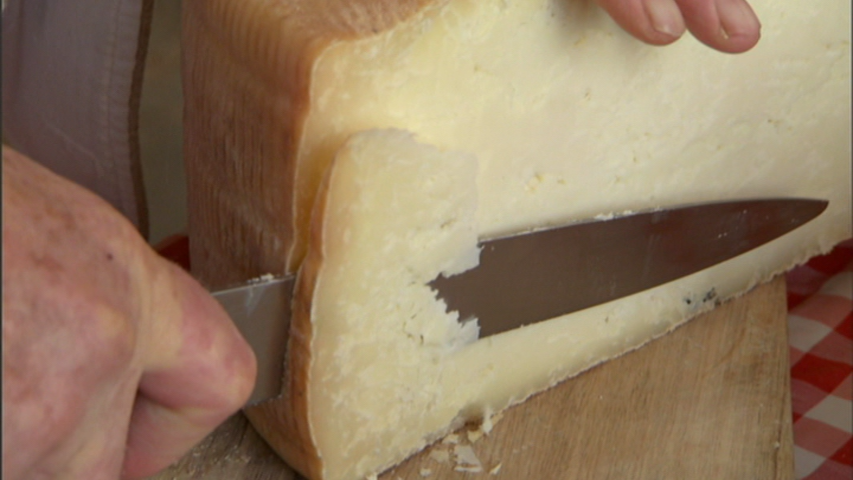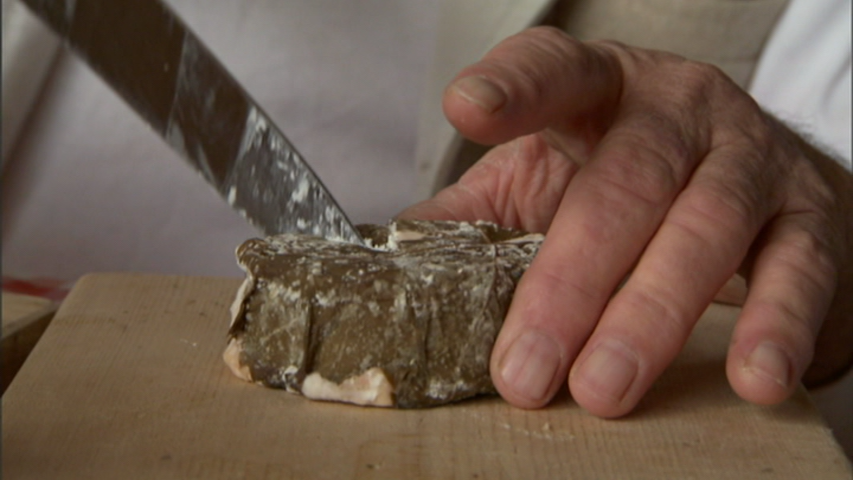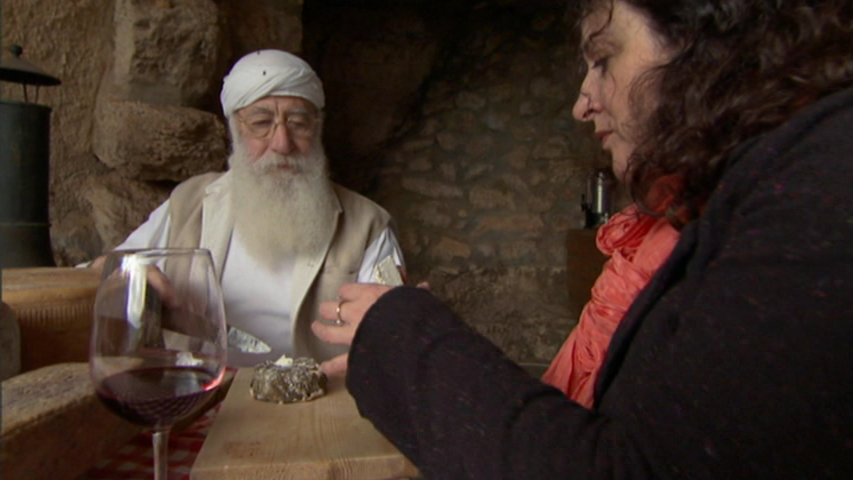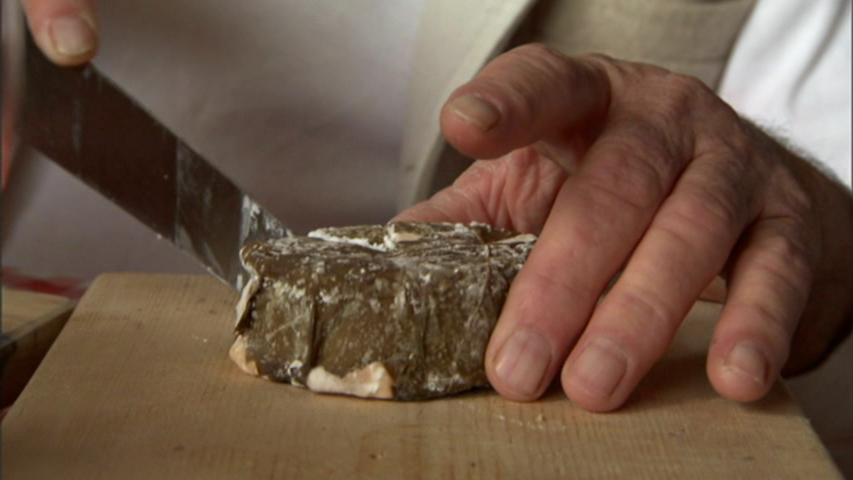Manta Ray is a local favorite in Tel Aviv. With its glass-walled interior and tables outside in the sea breezes, it capitalizes fully on its setting, a few yards from the Mediterranean. Manta Ray’s specialty is of course fish: sea bream, croaker, tuna, sea bass, calamari, shrimp, scallops, crab—you name it—served in any number of ways: in a risotto; with a fennel and kohlrabi salad; in a stew of coconut milk, lemongrass, and curry paste.
“This pièce de la résistance is a cauldron brought to your table, overflowing with seafood claws and tails and emitting intoxicating whiffs of shallots, white wine, and the sea.”
One item on the menu is called simply “Fish in a black cast-iron pot.” This pièce de la résistance is a cauldron brought to your table, overflowing with seafood claws and tails and emitting intoxicating whiffs of shallots, white wine, and the sea.
Owner Ofra Ganor and chef Ronen Skinezes ensure Manta Ray is a “grabber”: it has the beach, the sunset, excellent food, and a comfortable feeling of home.
But in fact, there are few restaurants in Israel that don’t feel homey—even the most elegant are warm and easy, with a lack of pretension that seems distinctly local. Some customers may dress for dinner, but others, inevitably, will show up in jeans and T-shirts.
Food is the central focus—often served, it must be said, in huge quantities (we have learned to share portions whenever possible). There is a pervasive air of generosity, and a genuine desire on the part of the restaurant staff for you to sample and appreciate what they have to offer. (Echoes of the classic Jewish mother’s exhortation: “Eat!”)
Manta Ray restaurant. Photos by and courtesy Avi Ganor




